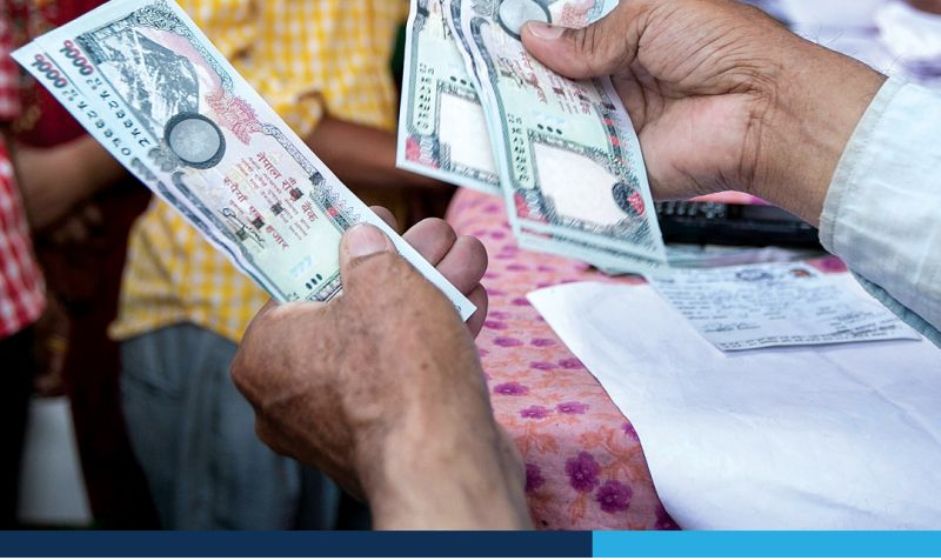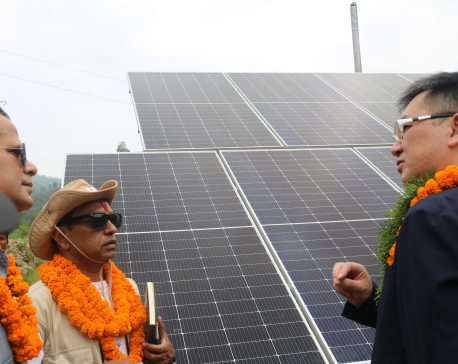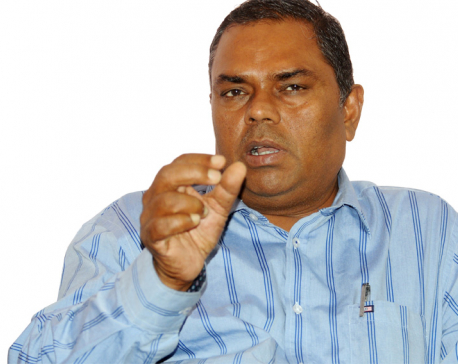
OR
Dismal State of Financial Inclusion in Madhesh
Published On: December 11, 2023 06:32 PM NPT By: Anurag Gupta


Anurag Gupta
The author is a recent economics graduate from the University of Delhi, currently interning with the United Nations Development Program's Policy Unit in New Delhi.news@myrepublica.com
More from Author
Financial inclusion has been hailed as a catalyst for boosting economic growth. Benefits arising from financial inclusion feed into other sectors of the economy, leading to increased competitiveness and economic stability. As an enabler for 10 of the 17 Sustainable Development Goals, it plays an instrumental role in reducing inequality and promoting inclusive development.
Nepal has made notable progress on this front, with financial institutions reaching 752 of the 753 local bodies and bank account ownership increasing to 67% in 2021, as per Nepal Rastra Bank (NRB). Digital payments have skyrocketed, while financial literacy is on the rise. Even globally, Nepal’s performance has been comparably decent with other developing countries. But these gains are not equitably shared in Nepal’s federal setup. Large inter-province variations exist, underscoring the need to take a comprehensive approach towards nation-wide financial inclusion strategies.
As per NRB’s Financial Access Report 2021, Madhesh Province has the lowest per capita concentration of bank branches (class A, B, C) in the country, with just 9.7 branches per 100,000 people, contrasting with Bagmati’s 30.3 branches. This pattern is mirrored in the ownership of bank accounts, with Madhesh having the fewest at 531 accounts per 1000 people, while Bagmati has the highest with 1802 accounts, followed by Gandaki with 1445 accounts. Madhesh has a high concentration of microfinance institutions, but access to safe and reliable banking from Class A, B, C banks is limited, as the above figures suggest.
In other important indicators like percentage of mobile banking users, consumption of insurance products, usage of credit products, and people investing in shares, Madhesh ranks the lowest. Bagmati and Gandaki have figures almost double those of Madhesh in most of these indicators. With regards to financial literacy, NRB’s Financial Literacy Report (2022) places the province as having the lowest financial literacy. With a financial literacy score of 52 (out of 100), its performance is comparable to Lumbini (55.6) and Sudurpashchim (57.5), far behind Bagmati which scores the highest (64.5).
Women in Madhesh are particularly disadvantaged, having the lowest female bank account ownership in the country, second only to Karnali. Additionally, they have the poorest financial literacy among women in any other province. The rural-urban divide exacerbates these disparities, placing rural women in the province at a greater disadvantage. Home to 20% of Nepal’s female population, the deprivations of women in Madhesh have serious implications for the country’s human development.
As Nepal Rastra Bank moves forward with implementing the Financial Literacy Framework (2022), which envisions enhancing financial literacy, inclusion, and access, it is important to note that poor-performing provinces like Madhesh and Lumbini require special interventions. A tailored strategy that prioritizes the most deprived—women, informal sector workers, and the rural population—will go a long way in reducing the existing disparities and helping unlock the benefits that financial inclusion offers.
You May Like This

Over 11,000 residents in Madhesh benefit from solar-powered water projects
KATHMANDU, June 19: More than 11,000 residents in the Sarlahi and Siraha districts of Madhesh province now have access to... Read More...

DPM Yadav threatens to quit govt
KHOTANG, April 11: The Deputy Prime Minister, Upendra Yadav has threatened to leave the government if it failed to fulfil... Read More...

The 9/11 in Madhesh
Like all other constitutions of the past, the days of the inert statute of 2015 too are numbered ... Read More...











Just In
- Nepal at high risk of Chandipura virus
- Japanese envoy calls on Minister Bhattarai, discusses further enhancing exchange through education between Japan and Nepal
- Heavy rainfall likely in Bagmati and Sudurpaschim provinces
- Bangladesh protest leaders taken from hospital by police
- Challenges Confronting the New Coalition
- NRB introduces cautiously flexible measures to address ongoing slowdown in various economic sectors
- Forced Covid-19 cremations: is it too late for redemption?
- NRB to provide collateral-free loans to foreign employment seekers







Leave A Comment